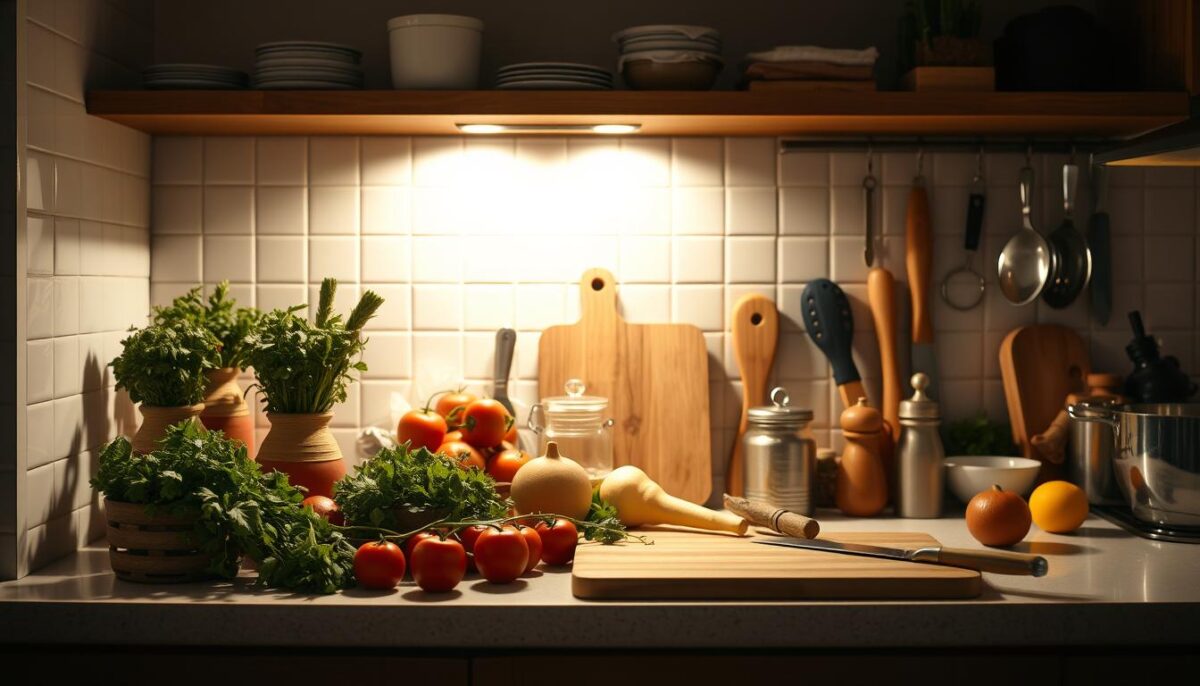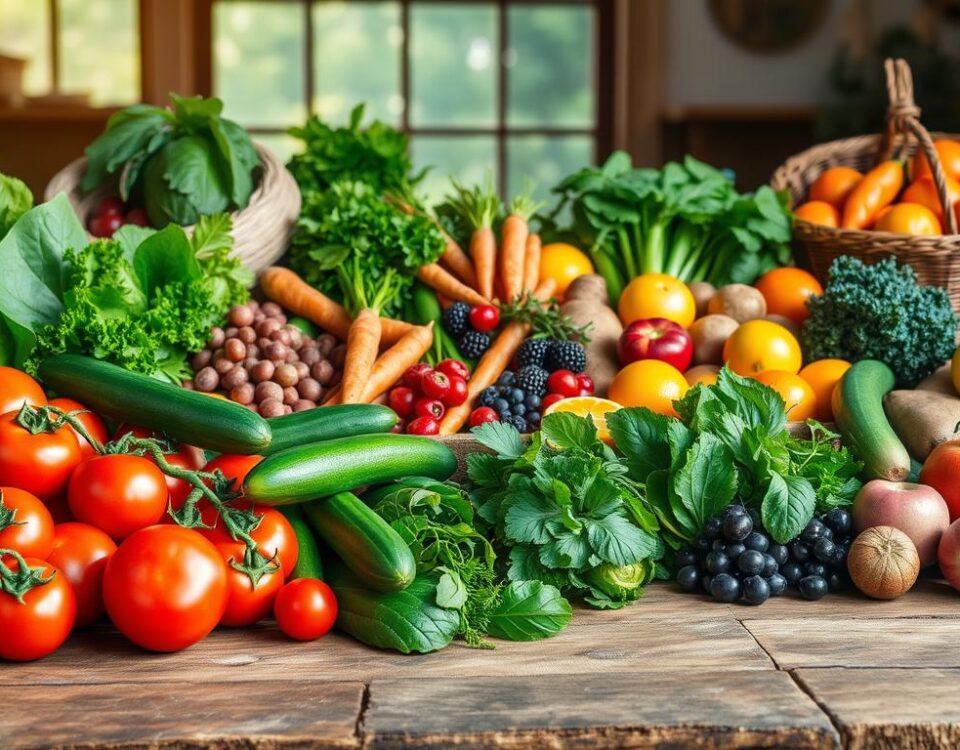
Discovering Portuguese Cuisine: Pastéis de Nata and Beyond
April 30, 2025
7 Polish Dishes That Will Surprise You (And How to Make Them)
April 30, 2025I still remember the first time I gathered friends around my table for a hearty, laughter-filled feast. The aroma of slow-cooked beef filled the air, golden potatoes crisped to perfection, and the warmth of shared stories reminded me why meals like this matter. There’s something magical about bringing people together over food that feels like a celebration—not just of flavor, but of connection.
Hosting this kind of meal isn’t just about following a recipe. It’s about honoring a ritual. I’ve learned that the secret lies in balancing preparation with passion. A tender cut of beef, seasoned simply and roasted with care, becomes the centerpiece. Fluffy potatoes, crispy on the outside, soak up every bit of richness. And let’s not forget the sides—vibrant vegetables and savory gravy that tie everything together.
Over the years, I’ve discovered that timing is everything. Start too late, and hungry guests grow restless. Rush the process, and you lose the soul of the dish. But when done right? It’s pure comfort. The kind that makes everyone linger at the table, swapping stories long after plates are cleared.
Key Takeaways
- Plan ahead to balance preparation and enjoyment, ensuring a stress-free experience.
- Quality ingredients, like a well-seasoned beef cut, elevate the entire meal.
- Perfectly roasted potatoes and flavorful gravy are non-negotiable crowd-pleasers.
- Timing each component ensures everything arrives hot and harmonious.
- Embrace the ritual—this meal is as much about connection as it is about food.
Embracing the British Roast Tradition
Did you know the Sunday roast has medieval origins? It began as a communal meal after church services, where families shared meat cooked on a spit. Over centuries, this practice became a weekly ritual—a moment to pause, connect, and savor.
From Medieval Halls to Modern Tables
I’ve always been fascinated by how this meal survived wars, industrialization, and fast-food culture. What started with simple seasonings like black pepper and herbs now celebrates regional flavors. The core remains unchanged: tender beef, golden potatoes, and rich gravy binding it all together.
Reinventing the Classic
Today’s cooks add creative spins while honoring the basics. I’ve tried smoked paprika on carrots and zesty horseradish sauce instead of plain gravy. Some friends use slow cookers to save time, while others opt for plant-based “roasts.” Yet the magic happens when everyone gathers—just like centuries ago.
Three elements never change: quality meat cooked with care, crispy potatoes, and gravy made from pan drippings. It’s less about perfection and more about the joy of sharing. After all, that’s what turns a meal into a tradition.
Planning Your Traditional british roast dinner
Picture this: your oven preheated, ingredients prepped, and you sipping wine as everything cooks. That’s planning done right. I start by mapping out my time the day before—knowing when to prep vegetables or season the beef makes all the difference.

First lesson learned? Letting meat reach room temperature. Cold beef cooks unevenly. I take mine out 90 minutes before roasting. Meanwhile, I preheat the oven to 400°F—hot enough to sear, cool enough to avoid burning. For those using gas ovens, a quick perfectly cooked steak trick applies here: always verify heat distribution.
Measuring salt matters more than you’d think. I use 1 teaspoon per pound of meat. For potatoes, I toss them in coarse sea salt before roasting—it creates that crave-worthy crunch. Fresh vegetables? They’re non-negotiable. Limp carrots or wilted greens can’t hide, even under gravy.
Finally, I write down every step. Roast at 400°F for 20 minutes, then reduce to 350°F. Potatoes go in 45 minutes before serving. This checklist turns chaos into calm. Trust me—when your kitchen smells like success, you’ll thank yesterday’s organized self.
Choosing the Right Meat and Fresh Ingredients
Selecting the foundation of your meal starts at the butcher counter. I’ve learned through trial and error that the right cut makes all the difference. Whether you’re feeding a crowd or keeping it intimate, quality shines through in every bite.
Deciding Between Proteins
Roast beef remains my top pick for its rich flavor and tender texture. Look for well-marbled cuts like ribeye or sirloin. But alternatives like lamb shoulder or whole chicken work beautifully too. Here’s a quick comparison:
| Protein | Best Cut | Flavor Profile | Cooking Time |
|---|---|---|---|
| Beef | Ribeye | Robust, buttery | 20 min/lb |
| Lamb | Shoulder | Earthy, bold | 25 min/lb |
| Chicken | Whole | Mild, versatile | 18 min/lb |
For seasoning, I keep it simple: coarse salt and a touch of black pepper. A drizzle of avocado oil helps achieve that golden crust without overpowering the meat’s natural flavors.
Farmers’ Market Treasures
Fresh vegetables elevate the meal from good to unforgettable. I visit local markets early to snag crisp carrots with vibrant greens still attached—a sign they’re freshly harvested. Seasonal produce like spring peas or autumn squash can adapt the menu to suit any day or occasion.
When selecting ingredients, I prioritize texture and color. Limp celery? Pass. Dull Brussels sprouts? No thanks. Your plate should look as inviting as it tastes. And always save those veggie scraps—they make killer stock for future recipes!
Step-by-Step Guide: From Prepping to Roasting
Timing is the invisible ingredient that transforms good cooking into greatness. When I first started hosting these meals, I’d scramble to juggle sizzling pans and timers. Now, I’ve cracked the code: a strategic workflow keeps stress low and flavors bold.

Prep Work That Pays Off
Start by preheating your oven to 425°F—this high heat locks in juices for tender beef. While it warms, pat your meat dry and rub it with coarse salt. Let it sit uncovered for 30 minutes to enhance the crust. For vegetables, slice carrots and parsnips into uniform sticks so they roast evenly.
| Task | Time Needed | Key Tip |
|---|---|---|
| Meat Prep | 30 minutes | Salt early for better flavor |
| Oven Preheat | 20 minutes | Use an oven thermometer |
| Vegetable Prep | 15 minutes | Keep pieces similar in size |
Mastering the Roast & Crisp
Place your seasoned beef on a rack, allowing hot air to circulate. Roast at 425°F for 20 minutes, then lower to 375°F. Toss potatoes in hot oil before adding them to the oven—this creates their signature crunch. Stir them every 15 minutes to prevent sticking.
Save those golden-brown drippings! Once the meat rests, whisk flour into the pan juices to build gravy. For Yorkshire pudding, mix batter just before baking—it needs to be cold to puff properly. I pour mine into a scorching-hot muffin tin for maximum rise.
The magic happens when you sync these steps. Pull the meat out to rest as potatoes finish crisping. Steam vegetables last-minute to keep their snap. Every element stays hot, seasoned, and ready to shine together.
Creating the Perfect Sides: Yorkshire Pudding, Potatoes, and Vegetables
The moment I discovered the secret to light Yorkshire pudding, my Sunday spreads leveled up. These sides aren’t just accompaniments—they’re stars in their own right. Let’s dive into techniques that’ll make your guests ask for seconds (and thirds).

Secrets to Making Fluffy Yorkshire Pudding
Forget dense, doughy puddings. The key? Cold batter meets scorching-hot fat. I mix equal parts flour, eggs, and milk, then let it rest for 30 minutes. This relaxes the gluten, ensuring maximum rise. Preheat a muffin tin with a teaspoon of butter in each cup—smoking hot is non-negotiable.
Pour the batter quickly and shut the oven. No peeking! Bake at 425°F for 20 minutes until golden and puffed like clouds. “It’s all about the steam,” my grandmother once told me. She wasn’t wrong.
Crispy Roasted Potatoes and Well-Seasoned Vegetables
Parboil potatoes first—10 minutes in salted water. Drain, rough them up in the colander for extra crunch, then toss in oil and rosemary. Roast at 400°F, flipping once, until their edges singe into golden brown perfection.
For vegetables, I roast carrots and parsnips with thyme, then finish Brussels sprouts in the same pan. A splash of balsamic vinegar adds tang. Remember: overcrowding kills crispness. Spread them out, and let the heat work its magic.
- Rest Yorkshire batter overnight for deeper flavor.
- Use duck fat instead of oil for next-level potatoes.
- Toss veggies in za’atar or smoked paprika for a twist.
Follow these recipes, and your sides won’t just complement the main—they’ll steal the show.
Essential Sauces and Gravy Techniques
The first time I tasted homemade horseradish sauce, it felt like discovering a secret weapon. Sauces transform a good meal into something unforgettable. They’re the final brushstrokes on a culinary masterpiece—bold, balanced, and bursting with flavor.

Whipping Up Creamy Horseradish Sauce
My go-to horseradish sauce combines ½ cup sour cream, 3 tablespoons freshly grated horseradish, and 1 teaspoon Dijon mustard. Whisk until smooth, then chill for 30 minutes. The butter-soft texture and sharp kick cut through rich meats beautifully.
For extra zing, add a splash of lemon juice. Too spicy? Fold in a dollop of Greek yogurt. This versatile sauce stays fresh for three days—if it lasts that long.
Mastering Rich Gravy From Pan Drippings
Great gravy starts with those golden-brown drippings. After removing your meat, skim off excess fat but leave every flavorful bit. Sprinkle 2 tablespoons flour into the pan, whisking over medium heat to create a roux.
Slowly pour in 2 cups beef broth, scraping up those caramelized bits. Simmer until thickened, then finish with a pat of butter and cracked black pepper. Want silkier texture? Strain through a fine mesh sieve.
Pro tip: If your gravy’s too thin, mix 1 teaspoon cornstarch with cold water and stir it in. Too salty? A pinch of baking soda neutralizes it instantly. These tricks rescue even the trickiest batches.
Conclusion
There’s a quiet pride in serving a meal where every element sings in harmony. Through years of hosting, I’ve found that success lies in three pillars: quality beef or lamb, patient roasting, and sides that balance crunch with comfort. Start with simple steps—season generously, time your roasting stages, and let meat rest before carving.
Don’t underestimate the power of details. A sprinkle of cracked pepper on potatoes or a splash of cold water in gravy can elevate dishes from good to extraordinary. While I stick to classic techniques, swapping herbs or trying new side vegetables keeps the experience fresh.
This recipe isn’t just about cooking—it’s about creating moments. Share it with neighbors, adapt it for holidays, or simplify it for weeknights. When you do, tag me on social media. I’d love to see your golden potatoes and hear about the stories shared around your table.
Now go preheat that oven. Your next unforgettable gathering starts here.
FAQ
What’s the best cut of beef for a juicy roast?
I always go for ribeye or sirloin for maximum flavor and tenderness. Let the meat rest at room temperature before roasting to ensure even cooking.
Can I make Yorkshire pudding ahead of time?
While they’re best fresh, you can prep the batter 2-3 hours in advance. Just refrigerate it and give it a quick whisk before baking for that signature rise.
How do I get my potatoes crispy on the outside and fluffy inside?
Parboil them first, then rough up the edges with a shake in the colander. Roast in hot oil or beef drippings at 425°F (220°C) until golden brown—don’t skimp on turning them halfway!
What’s a simple hack for flavorful gravy?
Use the pan drippings! Deglaze with red wine or broth, then thicken with a bit of flour. For extra depth, stir in a spoonful of horseradish or whole-grain mustard.
Can I substitute horseradish sauce with something milder?
Absolutely! Try mixing Greek yogurt with a touch of Dijon mustard or lemon zest. It’ll still add brightness without the intense kick.
How long should I rest the meat before carving?
I let mine sit for 15–20 minutes under foil. This keeps the juices from spilling out when slicing, ensuring every bite stays succulent.
What veggies work best besides carrots and potatoes?
Parsnips, Brussels sprouts, or even honey-glazed turnips are fantastic. Toss them in olive oil, salt, and black pepper for a caramelized finish.
Can I use a convection oven for roasting?
Yes! Just reduce the temperature by 25°F (about 15°C) and check doneness earlier. The circulating air helps crisp up potatoes and Yorkshire puddings evenly.



